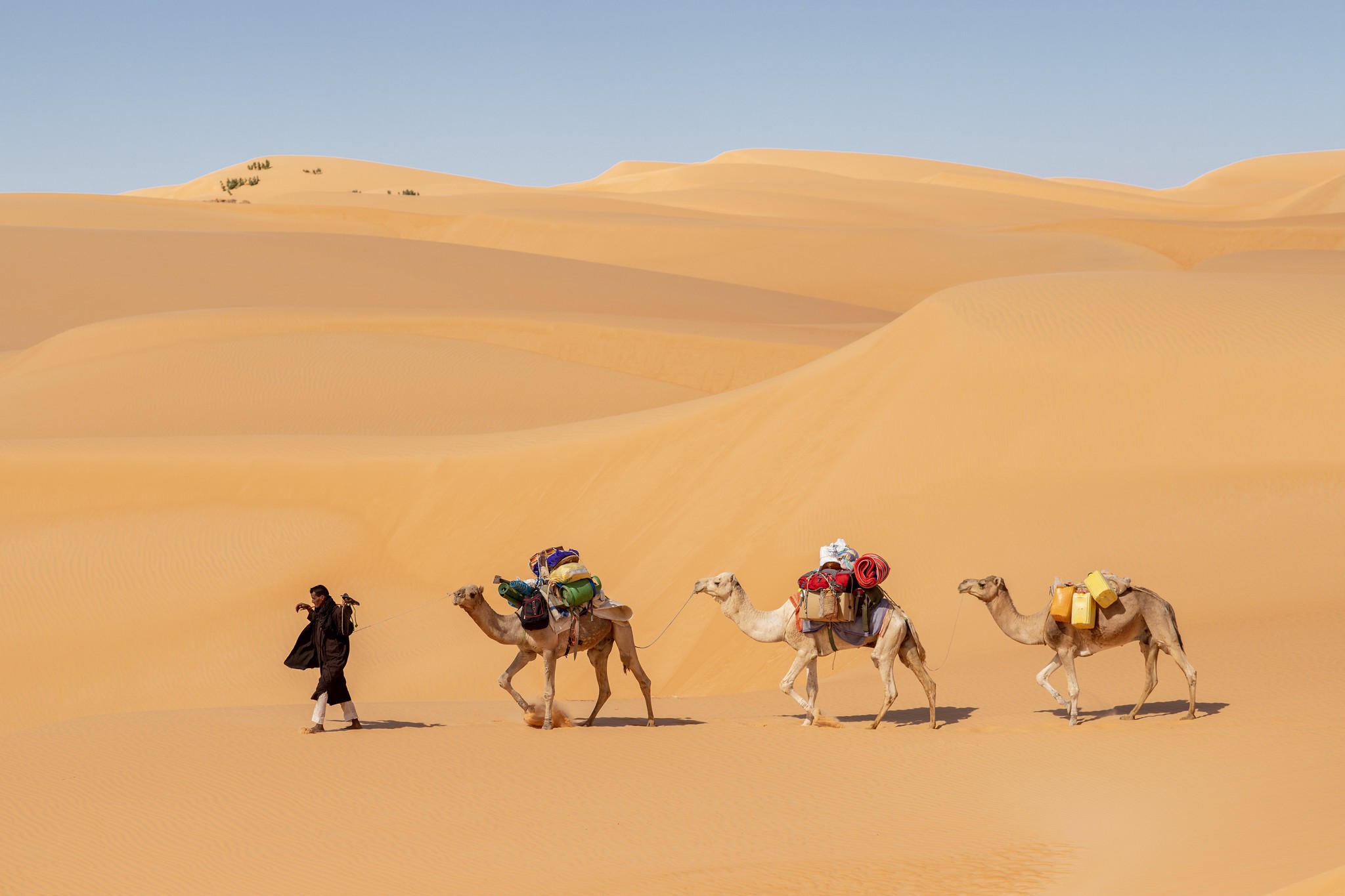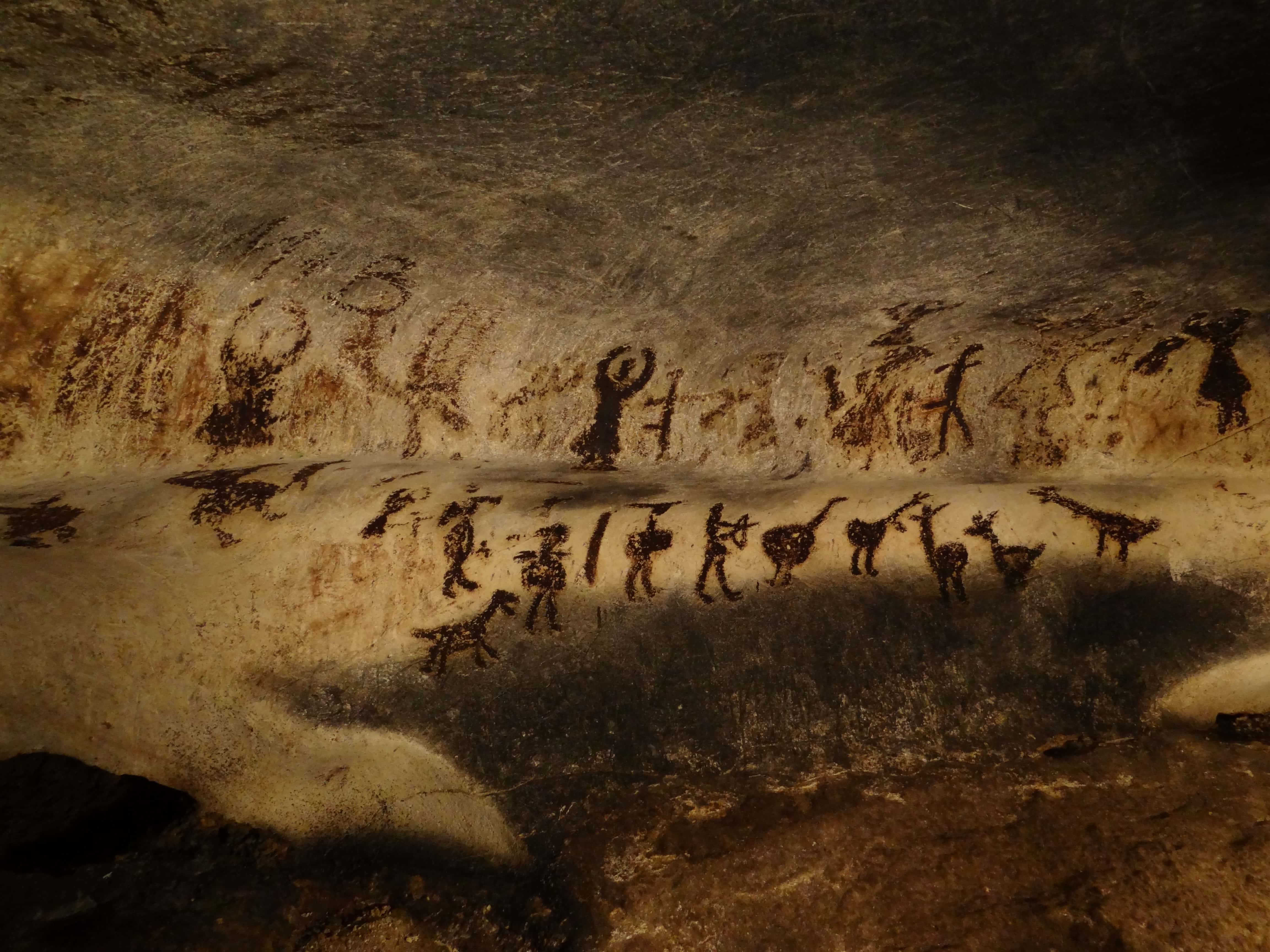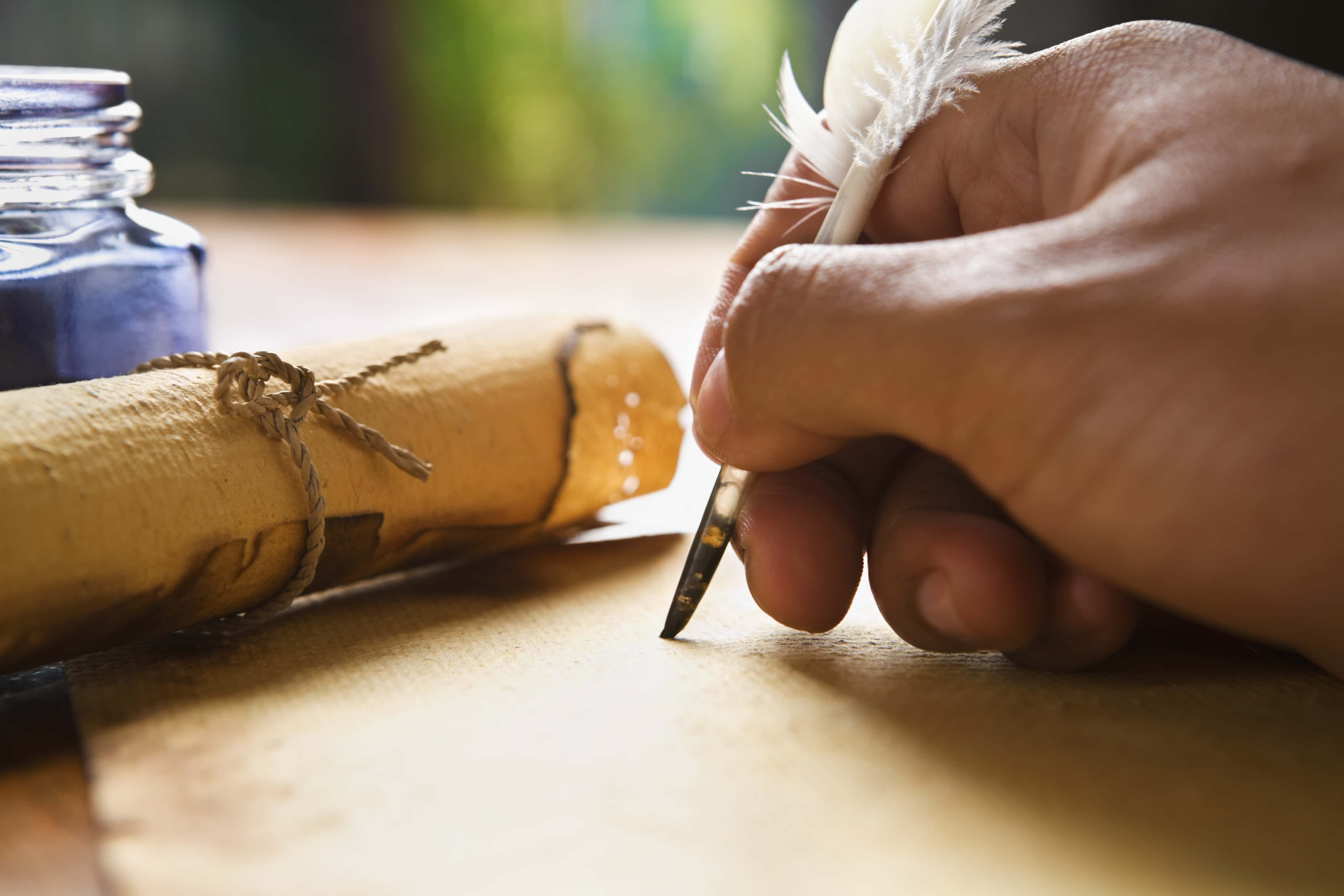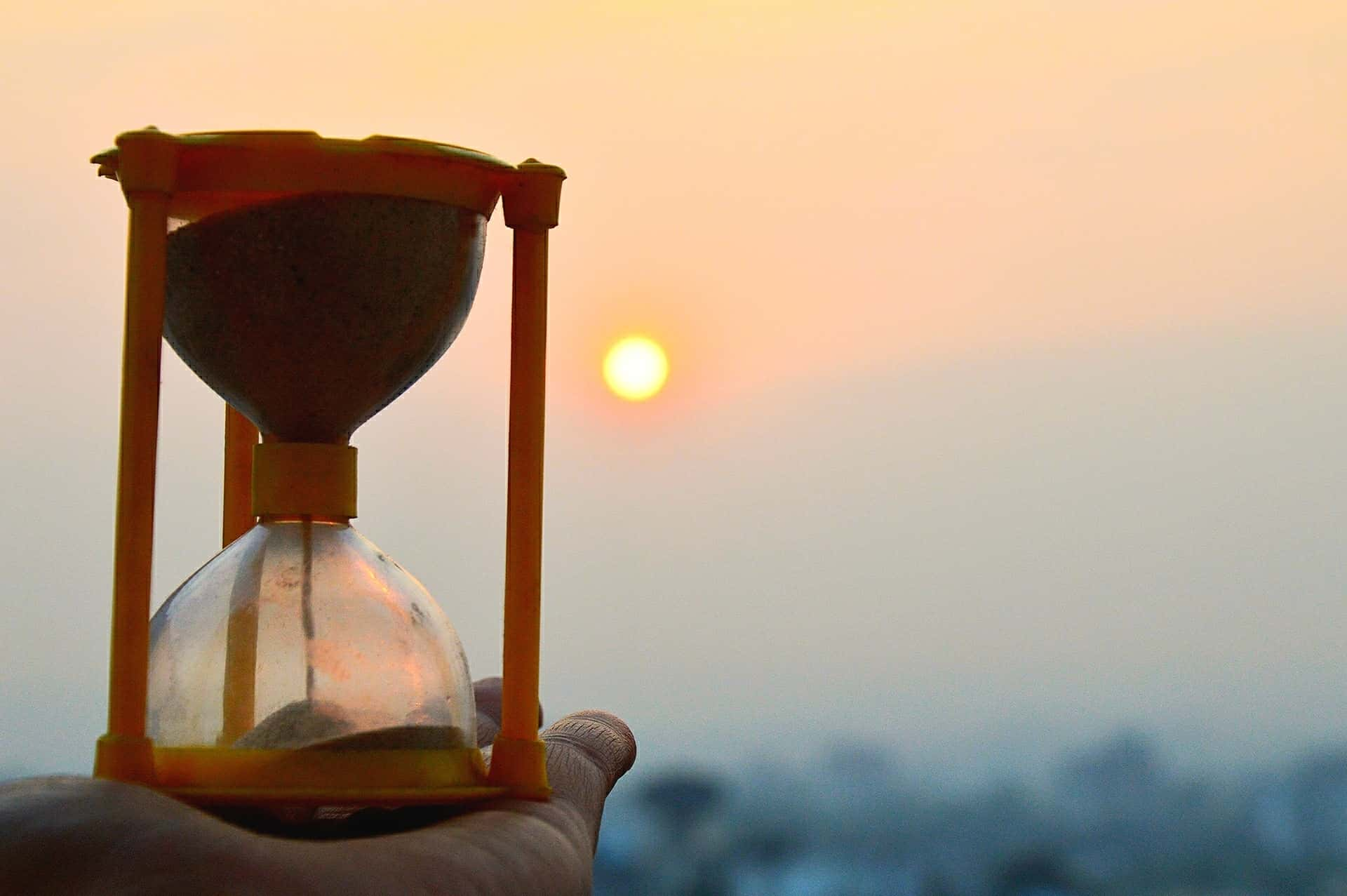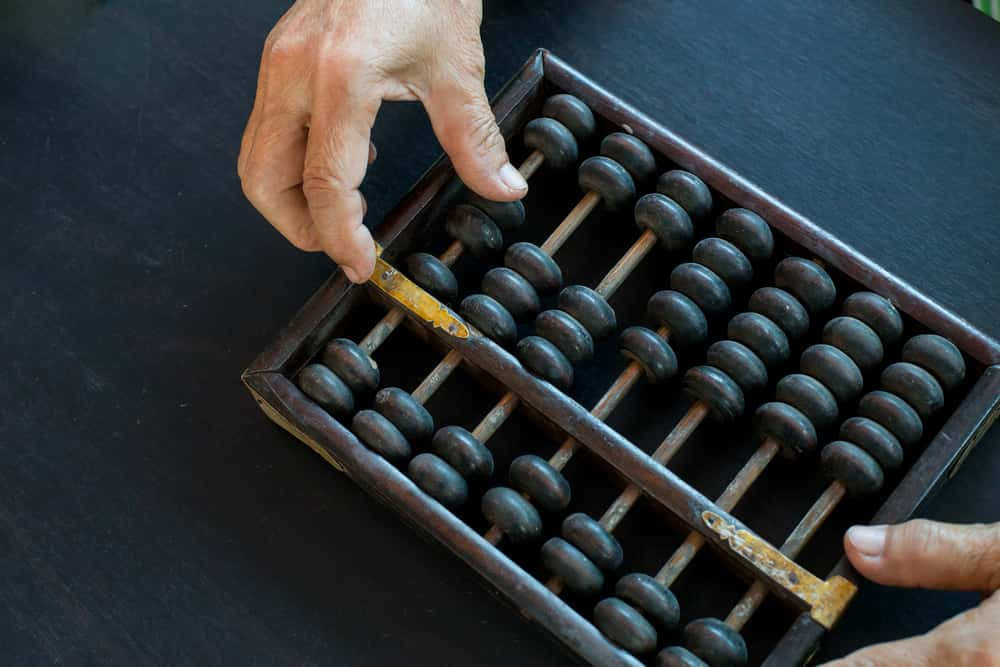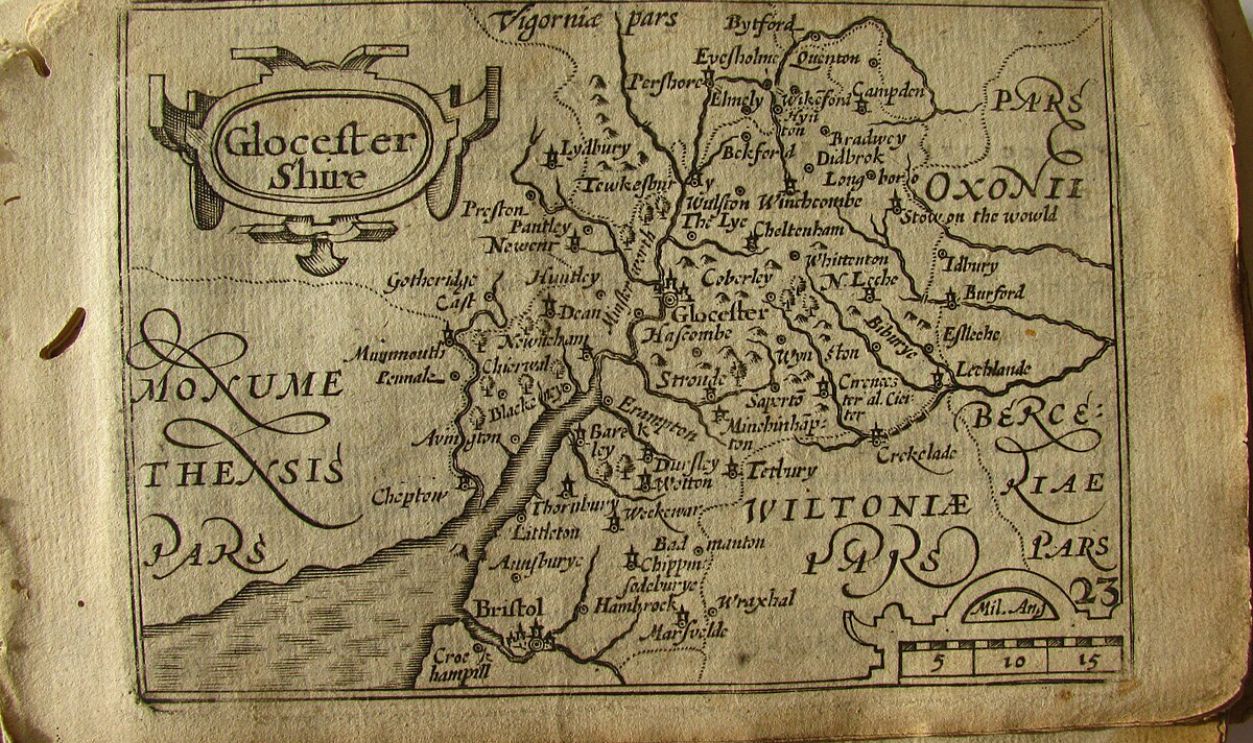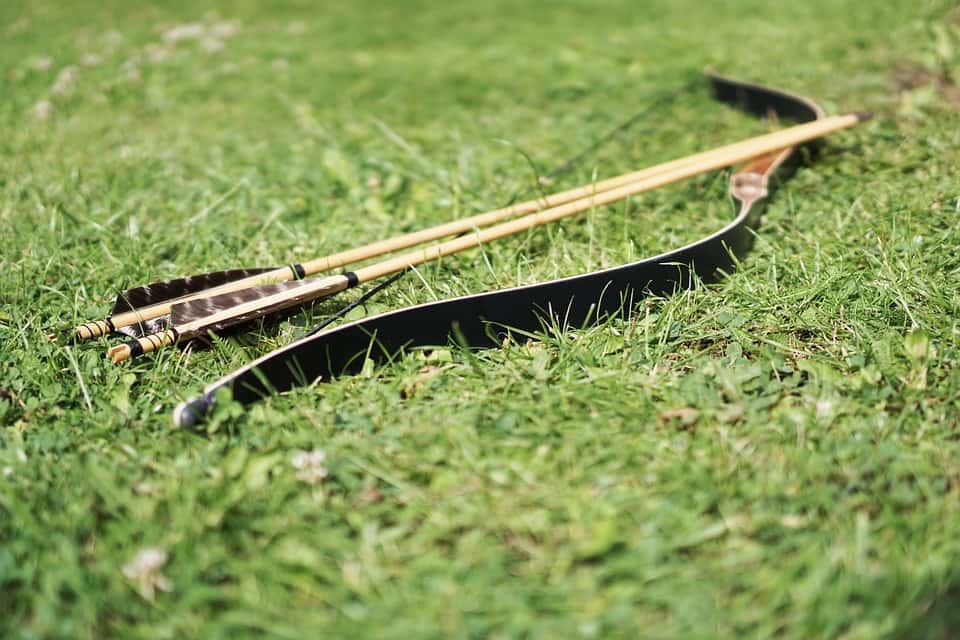The Clever Tricks People Used Before Modern Inventions
Imagine waking up one morning to find your phone or your running water gone. How did people come up with creative ways to survive without the modern technology that we currently take for granted?

Traveling Around Without GPS
Before GPS and Google Maps, getting from point A to point B required skill, patience, and a keen sense of direction. The North Star helped travelers determine their latitude, while the sun’s position guided them during the day. Early explorers also used hand-drawn maps, though accuracy varied widely.
 Unknown Author, Wikimedia Commons
Unknown Author, Wikimedia Commons
Performing Surgery Before Anesthesia
Imagine needing surgery with nothing to numb the pain. Before anesthesia, patients had to endure procedures while fully conscious. Doctors often gave them alcohol to dull the pain or had them bite down on sticks or leather to keep from screaming.
Grinding Grains Without Mills
Turning grains into flour wasn’t as simple as pushing a button. Early civilizations used large stones called querns, where grains were crushed by hand using another stone. Some cultures developed hand-cranked grinders, but it was still a slow, labor-intensive process.
 Claire H., CC BY-SA 2.0, Wikimedia Commons
Claire H., CC BY-SA 2.0, Wikimedia Commons
Fishing Without Modern Rods Or Nets
Fishing was more hands-on without the fancy rods and nets. Anglers relied on spears and harpoons to strike fish in shallow waters, which required patience and sharp aim. Traps made from woven reeds or stones helped catch fish passively.
 Bushman (Michel van Eupen), CC BY-SA 3.0, Wikimedia Commons
Bushman (Michel van Eupen), CC BY-SA 3.0, Wikimedia Commons
Preserving Meat Before Refrigeration
Keeping meat from spoiling was a serious challenge. People turned to smoking, salting, and drying to extend its shelf life. Smoking infused meat with flavors while also preventing bacteria growth. Salting drew out moisture, and drying turned meat into jerky.
Making Bread Before Modern Ovens
Baking bread wasn’t as easy as preheating an oven. Early bakers used stone ovens, which had to be heated with firewood before baking. Some cultures baked bread directly over open flames or on hot stones in a process requiring skill.
 Taste NY - Baking Bread in the 18th Century by nysmuseum
Taste NY - Baking Bread in the 18th Century by nysmuseum
Cleaning Homes Before Vacuum Cleaners
Today, vacuum cleaners make cleaning effortless. However, in the past, people had to rely on elbow grease. Floors were swept daily with straw or twig brooms, and dust was wiped away with damp cloths in a never-ending battle against grime.
Cooling Homes Before Air Conditioning
Homes were built with thick stone or adobe walls to keep interiors cool, and windows were strategically placed to catch breezes. Trees and overhangs provided shade, and in some cultures, people even napped during the hottest part of the day to avoid the worst of the heat.
 Titus Tscharntke, Wikimedia Commons
Titus Tscharntke, Wikimedia Commons

History's most fascinating stories and darkest secrets, delivered to your inbox daily.
Transporting Water Without Plumbing
Running water is one of those conveniences we take for granted. But in the past, people had to fetch water daily from wells or rivers and carry heavy buckets back home. In cities, water carriers made a living lugging massive barrels through the streets.
 Neogeolegend, CC BY-SA 3.0, Wikimedia Commons
Neogeolegend, CC BY-SA 3.0, Wikimedia Commons
Diagnosing Illnesses Without X-rays
Without X-rays or lab tests, doctors had to rely on observation and experience. They checked a patient’s pulse and examined skin color for clues about illness. Some believed that sickness was caused by imbalances in bodily fluids or bad spirits.
Building Bridges Without Steel
The earliest bridges were simple logs laid across rivers, but as civilizations advanced, so did their bridge-building techniques. The Romans built massive stone bridges, some of which still stand today. In South America, the Inca civilization wove suspension bridges entirely out of grass and vines.
 A stray sheep, CC BY-SA 3.0, Wikimedia Commons
A stray sheep, CC BY-SA 3.0, Wikimedia Commons
Preventing Pregnancy Before Modern Contraceptives
Some women drank herbal teas that they believed could prevent pregnancy, while others used animal intestines as crude condoms. Calendar tracking helped couples avoid fertile days, but accuracy was questionable. Many ancient cultures had their own remedies, though few were truly effective.
Getting Rid Of Pests Before Pesticides
Keeping pests at bay wasn’t as simple as spraying a can of bug killer. People relied on natural solutions. For example, cats kept rodents in check, while birds like barn owls helped control insects. Herbs and even smoke were used to repel bugs.
 Gyorgy Csoka, Hungary Forest Research Institute, Bugwood.org, CC BY 3.0, Wikimedia Commons
Gyorgy Csoka, Hungary Forest Research Institute, Bugwood.org, CC BY 3.0, Wikimedia Commons
Lighting Homes Without Electricity
People had to be resourceful about lighting their homes. They relied on torches made of sticks soaked in resin or animal fat, which burned brightly but needed constant attention. Oil lamps, used by ancient Greeks, Romans, and Egyptians, worked better. They also used candles made from beeswax or tallow.
 Ad Meskens, CC BY-SA 3.0, Wikimedia Commons
Ad Meskens, CC BY-SA 3.0, Wikimedia Commons
Flavoring Food Before Synthetic Spices
Today, spice racks are stocked with store-bought seasonings. However, back in the day, people relied on wild herbs like rosemary, thyme, oregano, and basil to add flavor to meals. Salt, often harvested from coastal areas or salt mines, was a prized seasoning.
Treating Infections Before Antibiotics
Infections were often deadly. People turned to herbal remedies like garlic and moldy bread, which produced an early form of penicillin. Honey was used as a natural antiseptic to prevent wounds from festering, while some doctors used leeches to cleanse the blood.
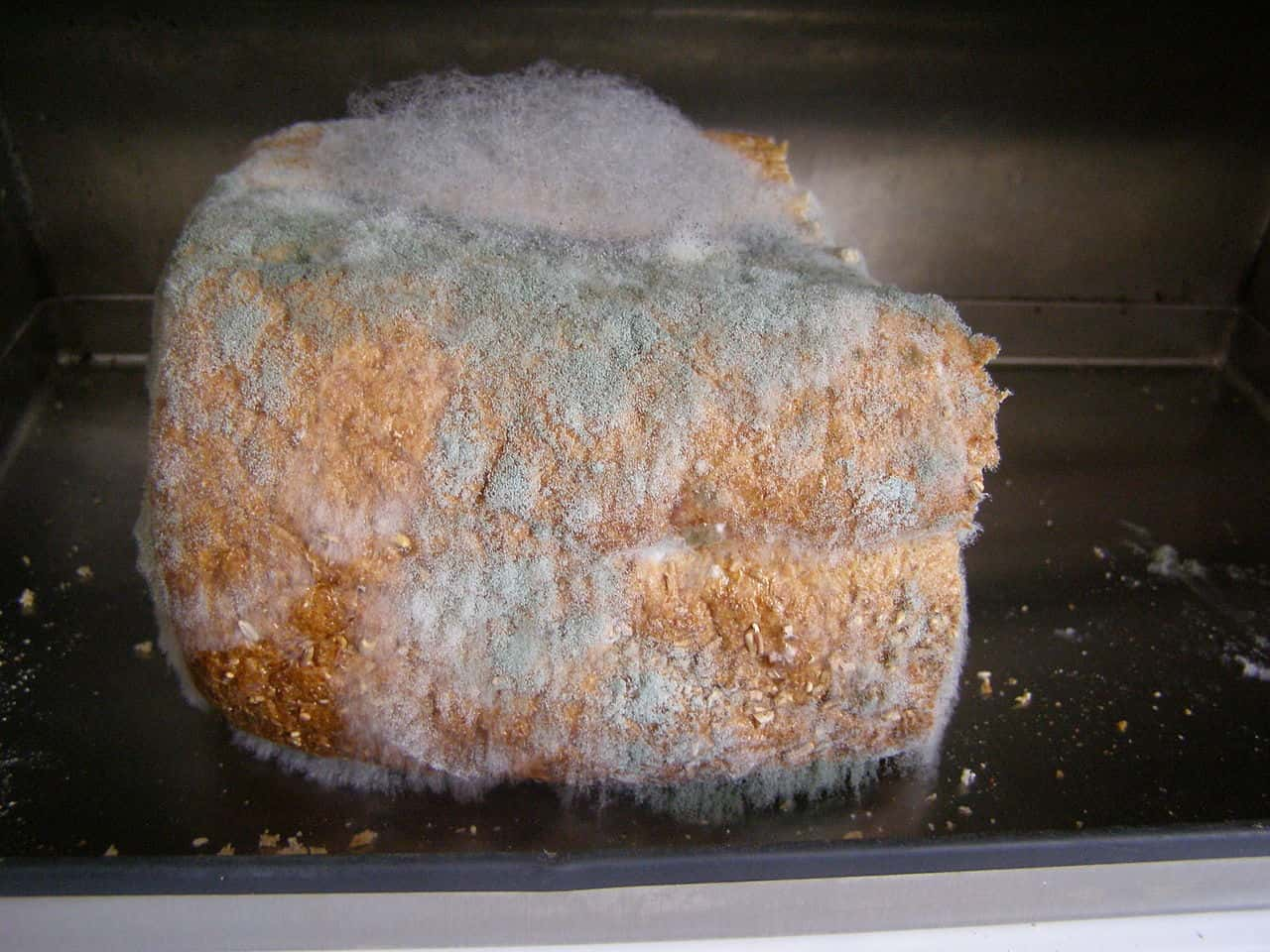 Matt Wharton, CC BY-SA 2.0, Wikimedia Commons
Matt Wharton, CC BY-SA 2.0, Wikimedia Commons
Washing Clothes Before Washing Machines
Clothes were scrubbed against wooden washboards, beaten against rocks, or swished in rivers. Lye soap or homemade detergents were used to remove dirt, and stains had to be tackled by hand. It was a long, tedious chore that often took an entire day.
 Haeferl, CC BY-SA 4.0, Wikimedia Commons
Haeferl, CC BY-SA 4.0, Wikimedia Commons
Maintaining Hygiene Before Soap
Soap wasn’t always an option, but people still found ways to stay clean. In some cultures, ash or sand was used to scrub away dirt like an early exfoliant. Oils and animal fats were sometimes mixed with water to remove grime. Herbal rinses and vinegar were also common.
Firefighting Without Hydrants Or Fire Trucks
Putting out a blaze was a community effort in the past. Neighbors formed bucket brigades, passing water hand to hand from wells or rivers. Some cities used primitive hand pumps, but fires spread quickly through wooden buildings. Without organized fire departments, a single spark could destroy entire towns.
 Albert B. Kinne, Wikimedia Commons
Albert B. Kinne, Wikimedia Commons
Providing Insulation Before Modern Materials
Innovative insulation methods were essential. Early homes were built with thick mud walls, trapping heat in cold weather and staying cool in the heat. Thatched roofs of straw provided extra warmth, while animal hides and furs lined walls and floors.
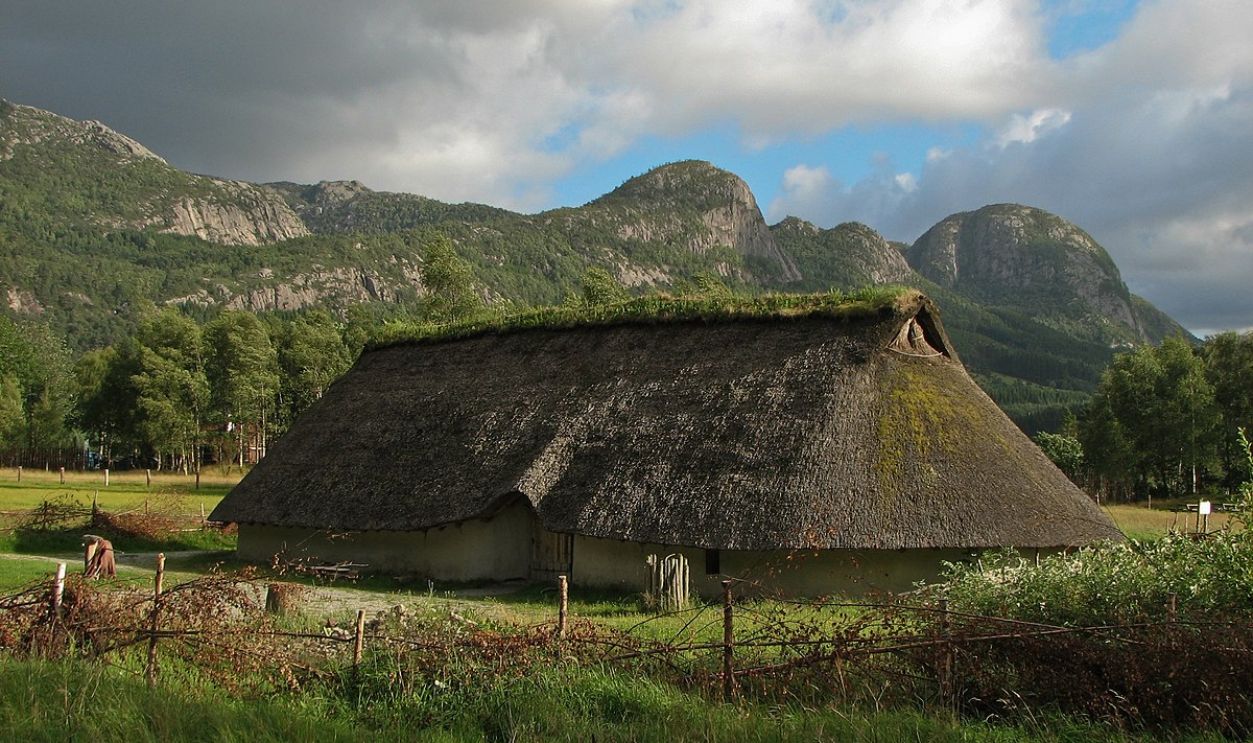 Mercy, CC BY-SA 3.0, Wikimedia commons
Mercy, CC BY-SA 3.0, Wikimedia commons
Creating Glass Without Industrial Processes
Long before factories mass-produced windows and bottles, glassmaking was an art. Skilled artisans melted sand and minerals in blazing-hot furnaces and then shaped the molten glass using blowpipes or hand tools. Every piece was unique, and imperfections like bubbles or uneven thickness were common.
 TimeTravelRome, CC BY 2.0, Wikimedia Commons
TimeTravelRome, CC BY 2.0, Wikimedia Commons
Heating Water Before Water Heaters
Hot water wasn’t always available at the turn of a faucet. People had to build a fire and boil water in pots or kettles. In sunny regions, large basins were left outside to absorb heat from the sun, and bathing often required mixing boiling and cold water by hand.
Exploring The Arctic Without Modern Gear
Early adventurers relied on dog sleds to cross frozen areas and followed hand-drawn maps or the guidance of Indigenous peoples. Instead of high-tech insulation, they wore fur-lined clothing made from animal hides. They used stars and ice patterns to determine directions.
 Markus Trienke, CC BY-SA 3.0, Wikimedia Commons
Markus Trienke, CC BY-SA 3.0, Wikimedia Commons
Drying Clothes Before Dryers
Without dryers, people hung laundry on outdoor lines, letting the sun and wind do the work. In colder months, clothes were draped near fireplaces or stoves, though this sometimes left them smelling like smoke. Rainy days meant waiting even longer.
Caring For Teeth Before Toothbrushes And Toothpaste
Dental hygiene has come a long way! Without toothbrushes, people chewed on twigs to clean their teeth, sometimes fraying the ends to act as bristles. Charcoal and salt were used as natural abrasives to scrub away plaque.
 Rajmishra757, CC BY-SA 4.0, Wikimedia Commons
Rajmishra757, CC BY-SA 4.0, Wikimedia Commons
Crossing Mountains Before Tunnels And Railroads
Travelers hiked narrow, winding paths or rode pack animals like mules and donkeys. Harsh weather and sheer cliffs made every journey dangerous. Some civilizations, like the Incas, built stone staircases and rope bridges, but mountain crossings still took days or even weeks of exhausting travel.
 Aga Khan (IT), CC BY-SA 4.0, Wikimedia Commons
Aga Khan (IT), CC BY-SA 4.0, Wikimedia Commons
Delivering Goods Before Modern Shipping
Goods traveled at a snail’s pace without modern shipping. Merchants used ox carts on bumpy roads and camel caravans across deserts. Trade routes like the Silk Road stretched thousands of miles, with goods changing hands multiple times before reaching their destination.
Finding Drinking Water In The Wild Before Purification Tablets
Finding safe drinking water in the wild was a matter of survival. People searched for natural springs, collected rainwater, or dug shallow wells near riverbeds. If water looked questionable, boiling it over a fire helped remove some impurities, though they had no way to filter out invisible bacteria.
 Didiervberghe, Wikimedia Commons
Didiervberghe, Wikimedia Commons
Hunting For Gold Before Metal Detectors
Panning in rivers was the most common method to look for good. People swirled muddy water in a pan to separate gold flakes from sediment. Others dug by hand, hoping to strike a rich vein. It was backbreaking work and mostly led to more sweat than fortune.
Cooking Without Modern Stoves
Cooking before modern stoves meant handling fire, and cooking times were unpredictable. People cooked over open flames with pots and spits to roast meat and boil water. Wood-burning stoves were an upgrade, but they required constant attention to keep the fire going.
 Matson Collection, Public domain, Wikimedia commons
Matson Collection, Public domain, Wikimedia commons
Tracking Animals Before Modern Technology
Hunters and trackers had to rely on nature’s clues before trail cameras and trackers. They studied footprints in the dirt to determine size and direction, while broken branches hinted at an animal’s path. Skilled trackers could easily tell if a deer was injured or if a predator was nearby.
 Superior National Forest, CC BY 2.0, Wikimedia Commons
Superior National Forest, CC BY 2.0, Wikimedia Commons
Delivering Messages Before The Postal Service
Before mail carriers and delivery trucks, sending a message required endurance and sometimes wings. Foot messengers ran for miles and passed messages relay-style like an ancient express service, while royal courts used horses for faster delivery. Trained pigeons carried tiny scrolls tied to their legs and flew hundreds of miles.
 Unknown Author, Wikimedia Commons
Unknown Author, Wikimedia Commons
Recording History Before Books
History was passed down through spoken stories and artwork. Elders memorized events and recited them to younger generations and kept traditions alive through song and legend. Some early humans painted hunting scenes on cave walls to capture moments in time with natural pigments.
Writing Without Modern Paper
Ancient civilizations carved words into wet clay tablets, which hardened into durable records. The Egyptians used papyrus, an early form of paper made from plant fibers. In medieval Europe, parchment made from animal skin was the standard, and every document was written by hand.
Transporting Food Before Refrigerated Trucks
Large blocks of ice were packed with perishable goods in insulated containers to slow down spoilage. Some deliveries relied on fast-moving horse-drawn carts to shorten travel time. Salted and dried foods were also popular for long-distance transport since they didn’t require cooling at all.
 zause01, CC BY 3.0, Wikimedia Commons
zause01, CC BY 3.0, Wikimedia Commons
Spreading News Before Newspapers And Radio
Long before breaking news alerts, people relied on town criers. These were officials who shouted announcements in public squares. In rural areas, news traveled through word of mouth, often taking weeks to spread. Some wealthier households received hand-written newsletters, but most people depended on gossip.
 Wyer, H. S., Wikimedia Commons
Wyer, H. S., Wikimedia Commons
Marking Time Before Clocks
Telling time before clocks was challenging. Sundials used the sun’s shadow to track hours, though they were useless on cloudy days. Water clocks that dripped at a steady rate and hourglasses that were filled with sand became popular for shorter intervals.
Teaching Before Schools Were Common
Education was hands-on and personal, and children learned skills from their parents or became apprentices to craftsmen. In many cultures, community elders passed down knowledge through storytelling to teach history and traditions. While there were no classrooms, learning was deeply rooted in daily life and survival skills.
 John Everett Millais, Wikimedia Commons
John Everett Millais, Wikimedia Commons
Calculating Before Calculators
The abacus, a frame with sliding beads, helped merchants and scholars perform complex calculations. Tally sticks made of wooden rods marked with notches kept track of debts and trade. For many, mental math was a daily necessity and allowed them to sharpen their arithmetic skills.
Mapping The World Without Satellites
Today, satellites give us a bird’s-eye view. But in the past, sailors used compasses and landmarks to chart coastlines. They sketched their discoveries on parchment, and each map was a work in progress, updated with each new journey. Some were wildly inaccurate, but they were still helpful.
Constructing Tall Buildings Without Cranes
Building a tall building without a crane sounds impossible. Nevertheless, workers used scaffolding made of wood or bamboo to create temporary platforms as they built upward. Pulleys and block-and-tackle systems helped lift heavy materials, but it was mostly muscle power doing the work.
 Deutsche Fotothek, Wikimedia Commons
Deutsche Fotothek, Wikimedia Commons
Traveling Long Distances Without Cars
Travel was exhausting and often dangerous. Most people walked everywhere, sometimes covering miles just to reach a neighboring town. Horses made travel faster but required care and resources, and long-distance journeys meant riding for days or weeks.
 Auckland Museum, CC BY 4.0, Wikimedia Commons
Auckland Museum, CC BY 4.0, Wikimedia Commons
Hunting Without Firearms
Hand-carved spears required hunters to get dangerously close to their targets—one wrong move, and the hunter could become the hunted. Bows and arrows allowed hunters to take down prey from a distance, while slings and spear throwers added extra force to throw projectiles.
Delivering Babies Before Hospitals
Childbirth happened at home, often with the presence a midwife. These skilled women used herbal remedies and experience to help mothers through labor. But complications were dangerous, and without surgical tools or pain relief, childbirth was risky for the mother and baby.











